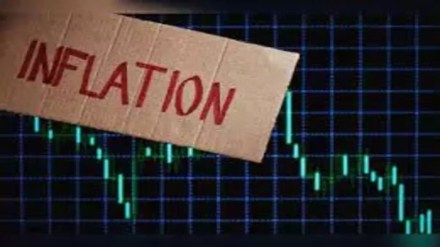Propelled by an unfavourable base effect, and a fresh spike in prices of vegetables and edible oils, India’s Consumer Price Index (CPI)-based inflation rose to a nine-month high of 5.49% in September from 3.65% in August.
The CPI print was higher than the consensus estimate. An FE poll of 18 economists had projected September retail inflation at 5.1%. In September 2023, the inflation stood at 5.02%.
The Reserve Bank of India (RBI) had projected Q2FY25 retail inflation at 4.1%, but with the September print, actual inflation in the second quarter was 10 bps higher, at 4.2%.
Food inflation during September increased to a three-month high of 9.24%. This was driven by a sharp rise in prices of tomato, onion, potato, edible oils, and egg. The y-o-y inflation rate of ‘vegetables’ rose to a 14-month high of 35.99% in September, and ‘oils & fats’, long in deflation zone, turned inflationary (2.47%) for the first time in 19-months.
As risks to food inflation haven’t fully abated yet, many economists are now sceptical about Reserve Bank of India opting for a rate cut in December. The RBI’s Monetary Policy Committee (MPC), in its October policy decision, had changed its stance to ‘neutral’ from ‘withdrawal of accommodation’, indicating its intent to cut the rates going forward, if need be.
“The future monetary policy action will be more data-dependent. We still believe there is a low probability of monetary easing in the rest of FY25, even if there is a rate cut, it will be symbolic and shallow,” said DK Pant, chief economist, India Ratings and Research (Ind-Ra).
Core inflation, which excludes food and fuel, also rose to an eight-month high of 3.5% in September, but largely due to an unfavourable base. “Movement in global commodity prices can affect costs of manufactured companies resulting in higher core inflation going forward,” said Madan Sabnavis, chief economist, Bank of Baroda. By December, core inflation may rise to 4%, say analysts.
Moreover, additional inflation risks arise from the external sector, say economists. “The potential for a broadening conflict in the Middle East could disrupt supply chains and impact global energy prices, which would have ripple effects on the domestic economy,” said Rajani Sinha, chief economist, CareEdge.
Under food, factors such as uneven monsoon, pre-harvest rainfall, and an increase in global edible oil prices add to the risks to food inflation in the rest of FY25. Although the monsoon was around 8% above normal, distribution issues persisted. “Kharif sowing for pulses and some oilseeds has been below the historical average, which is concerning given their import dependence,” said Sinha.
Anitha Rangan, chief economist, Equirus Securities said that if vegetable inflation remains sticky then FY25 CPI estimate could go up to 5%, and derail the rate cut expectations this fiscal. “Repeated instances of vegetable shocks call for structural repairs. Rest of the food inflation will moderate, and core, even if it is rising, should not cause any undue shocks,” she said.
The only silver lining is the arrival of the Kharif harvest, which began in the first week of October. Analyst expect it to ease some pressures of food prices going forward.
